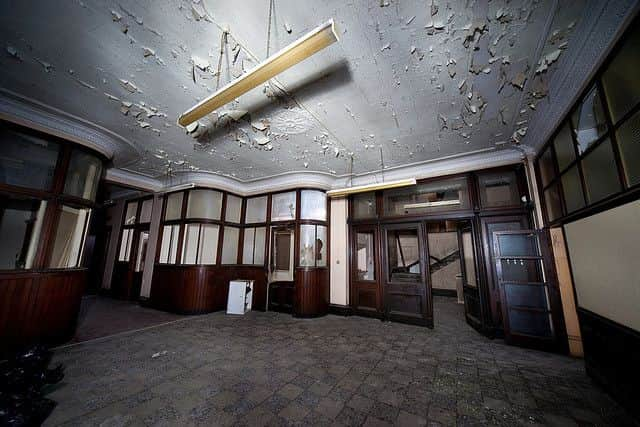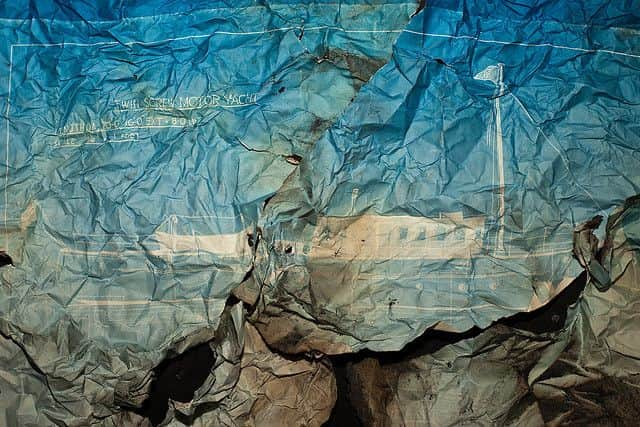Transient Places: Meadowfield Shipyard Offices, Partick


Here they built one of the first drydocks in Scotland, and also a slip dock for repairs. They built vessels for various companies including P&O – one notable ship was the City of Glasgow, the first screw-driven steamer to cross the Atlantic.
David and William Henderson, who owned an engineering works in Finnieston, bought the yard from Mr Tod Jr. in 1873 after the deaths of the original founders. The Henderson brothers were also partners in the Anchor Line, for whom they built 32 ships between 1876 and 1911, and they also built 19 ships for Lamport & Holt of Liverpool among others. Repair work also kept the yard busy, and they built prestigious racing yachts including Britannia in 1893 for the Prince of Wales.
Advertisement
Hide AdAdvertisement
Hide AdThe yard was bought by Harland & Wolff in 1917, but the depression between the wars did it for the yard, which closed in 1935. The drydock was filled in in the ’60s, and everything has been demolished apart from the offices, which have been occupied by several other companies but now lie empty. The above picture shows the Meadowside offices, the Glasgow Harbour development which has replaced the enormous Meadowside granaries, and the (operational) Fairfields BAE Systems yard at Govan on the opposite bank. Inside, the office building would have been beautiful in it’s prime.


Most of the offices have been remodelled in the usual style of suspended ceilings and chipboard panels, but a few still keep their original features.
• The above articles was first published on the Transient Places website in 2009. The building pictured above remains in situ. The site transientplaces.co.uk features a range or pictures of urban exploration from sites across Scotland.